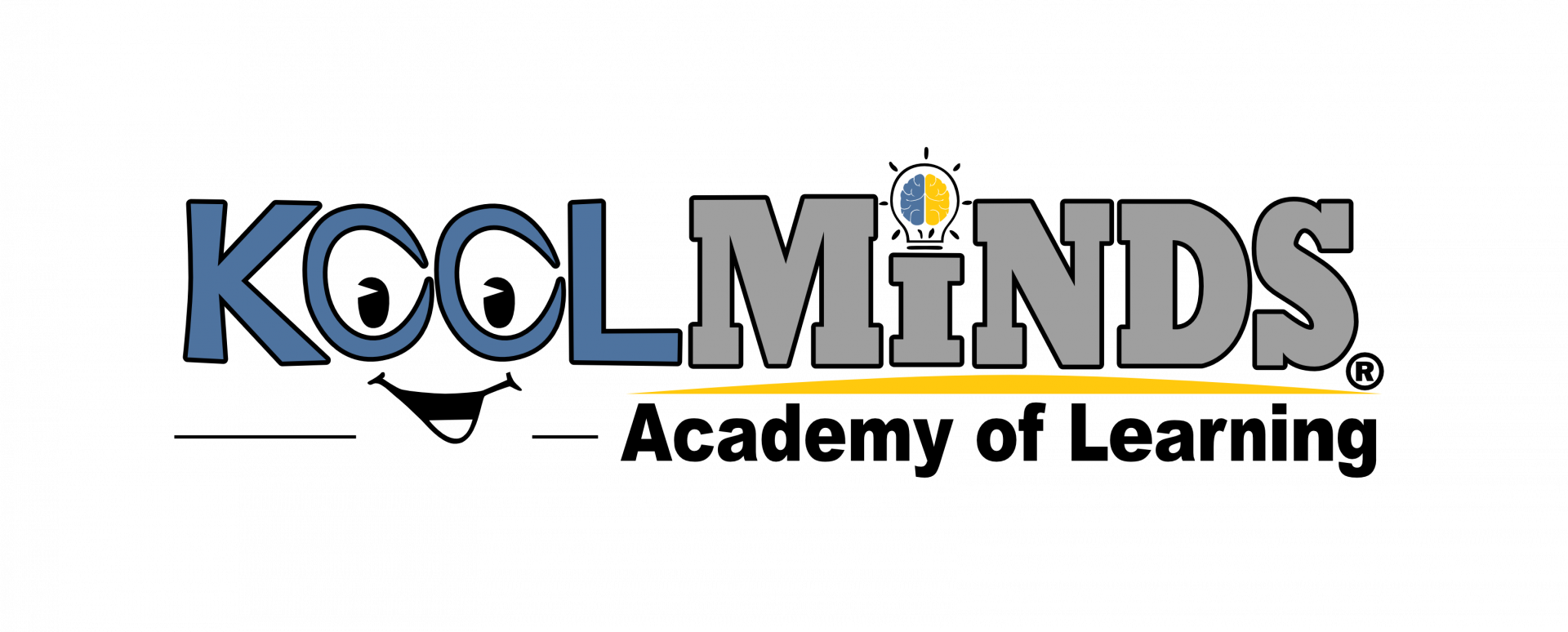What is Dyscalculia?
KoolMinds Team
Dyscalculia is a learning disability that affects the ability to learn arithmetic and mathematics. Dyscalculia presents itself in many different ways and is unique to each individual. The signs of dyscalculia can vary from person to person, and they can also be different for different ages.
Estimates vary, but most experts believe 3 to 6 percent of the population has symptoms of dyscalculia. Most dyscalculia is developmental, meaning that it was present from birth. Researchers don't know the exact cause of developmental dyscalculia but believe that it is caused by a combination of genetics and environmental factors. It is also possible for an adult to be diagnosed with acquired dyscalculia — usually as the result of a serious brain injury or a stroke.
Estimates vary, but most experts believe 3 to 6 percent of the population has symptoms of dyscalculia. Most dyscalculia is developmental, meaning that it was present from birth. Researchers don't know the exact cause of developmental dyscalculia but believe that it is caused by a combination of genetics and environmental factors. It is also possible for an adult to be diagnosed with acquired dyscalculia — usually as the result of a serious brain injury or a stroke.
Symptoms of Dyscalculia
Educator and dyscalculia
specialist Ronit Bird explains the symptoms of dyscalculia in The Dyscalculia Toolkit, a
book written to help teachers and parents whose children are struggling
with the disorder. Common symptoms include:
-
Difficulty learning to count
-
Trouble recognizing printed numbers
-
Using fingers to count out math solutions, long after peers have stopped using this method
-
Has difficulty adding, subtracting, multiplying, and dividing numbers, or gets inconsistent results when doing so
-
Trouble recalling basic math facts
-
Trouble organizing things in a logical way
-
Difficulty linking numbers and symbols to amounts and directions
-
Unable to tell time on an analog clock
-
Difficulty immediately sorting out right from left
-
Trouble with recognizing patterns and sequencing numbers
-
Struggles with math vocabulary
-
Struggles with identifying which quantity is largest or smallest
-
Has difficulty estimating values like speed, time, or distance
-
Missing or overlooking the +/- signs when adding and subtracting
-
Difficulty with conceptualizing story problems
-
Difficulty making sense of money (For example, handing a cashier a fistful of bills and change rather than counting it out)
Diagnosis and Treatment of Dyscalculia
Dyscalculia is typically diagnosed through a comprehensive evaluation that tests specific math skills and general cognitive abilities; reviews family history, standardized test scores, and past academic performance; and rules out other, related disorders, such as generalized anxiety or ADHD. Though schools and private testing centers use different approaches to determine dyscalculia, any good test will compare a child’s math ability and skills to those of other children the same age. Every child with dyscalculia has different strengths and weaknesses; a competent professional will recognize this and try a combination of tests to identify the specific areas where your child struggles.
There is no way of entirely curing dyscalculia, but it is treatable and early diagnosis can make a big difference. Some of the things that can help individuals with dyscalculia include specialized instruction, multisensory instruction, assistive technology, repetition, reinforcement, making games out of counting and arithmetic, working with professionals (including us, here at KoolMinds) to help build those math skills, and there are also accommodations that can be made at school or work for people that have dyscalculia.
There is no way of entirely curing dyscalculia, but it is treatable and early diagnosis can make a big difference. Some of the things that can help individuals with dyscalculia include specialized instruction, multisensory instruction, assistive technology, repetition, reinforcement, making games out of counting and arithmetic, working with professionals (including us, here at KoolMinds) to help build those math skills, and there are also accommodations that can be made at school or work for people that have dyscalculia.
Articles/Resources for Dyscalculia
Videos about Dyscalculia
If you think that you or your child has Dyscalculia, click the link below to learn more about how KoolMinds can help!
Sources:
[i] Aro, L. (2021, June 8). When Math Just Doesn’t Add Up: Understanding Dyscalculia. ADDitude. https://www.additudemag.com/dyscalculia/
[ii] Child Mind Institute. (2022, February 3). How to Spot Dyscalculia. https://childmind.org/article/how-to-spot-dyscalculia/
[iii] Watson, K. (2019, December 19). Dyscalculia: Know the Signs. Healthline. https://www.healthline.com/health/dyscalculia#treatment
Like this page? Share it with your friends!
https://www.koolminds.com/blog/dyscalculia
Who We Are
Dedicated team of instructors, teachers, professionals, moms, dads, and communities looking to make a difference in these bright but struggling students.
Featured Links
Copyright © 2025
#1 This is a title
#2 This is a title
#3 This is a title
Thank you
for your interest!
A KoolMinds representative will be in touch soon.
If you'd like to speak to someone now,
please call 866.566.5637
Questions?
Call or Text Us Now
866-566-5637

